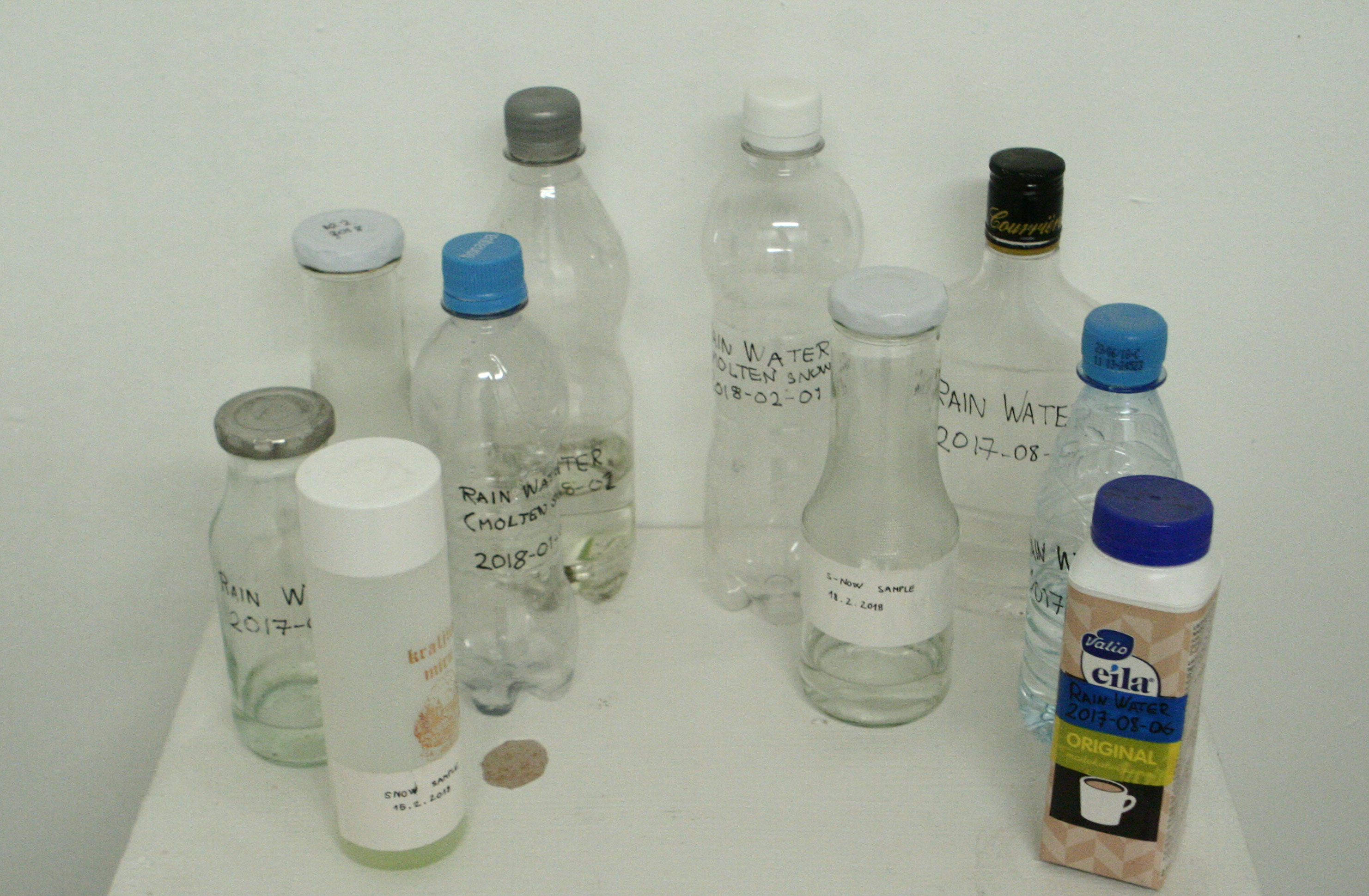Rain Diaries
2019, installation; iron, electronics, plexiglass, tubes
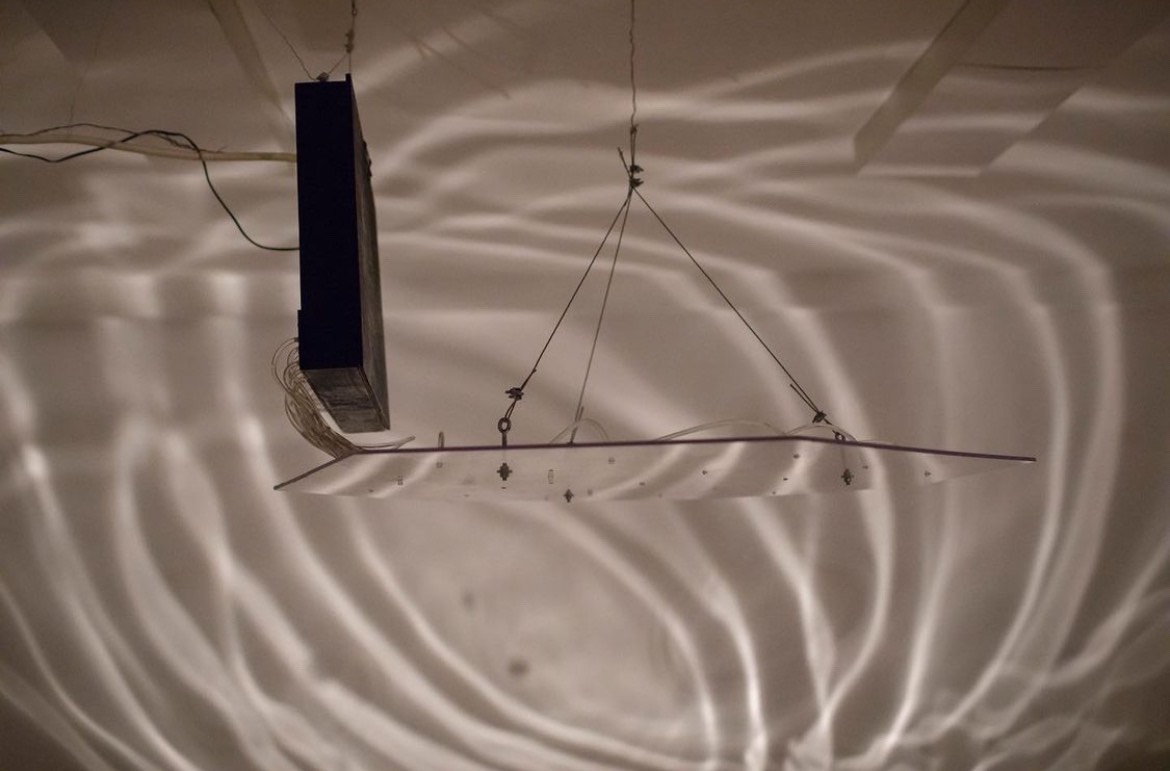
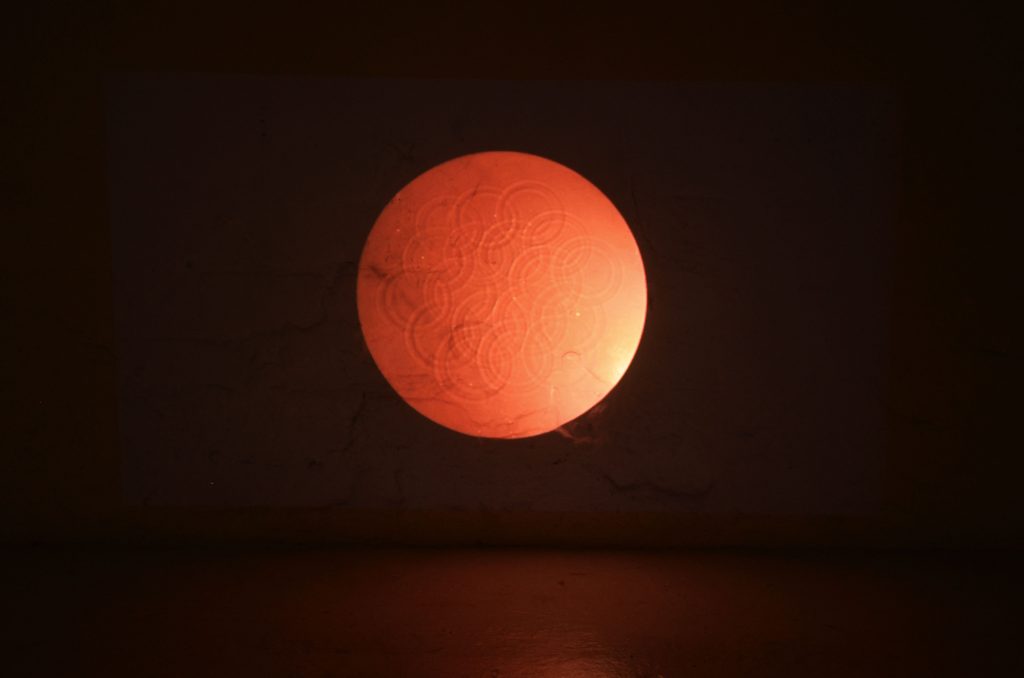
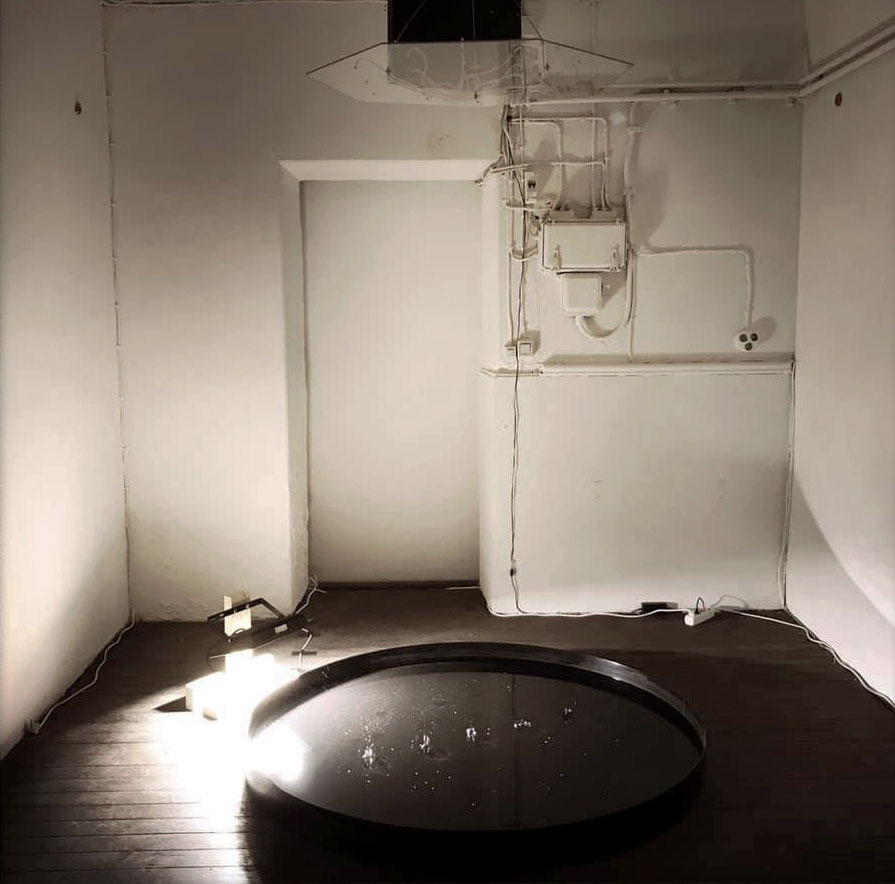
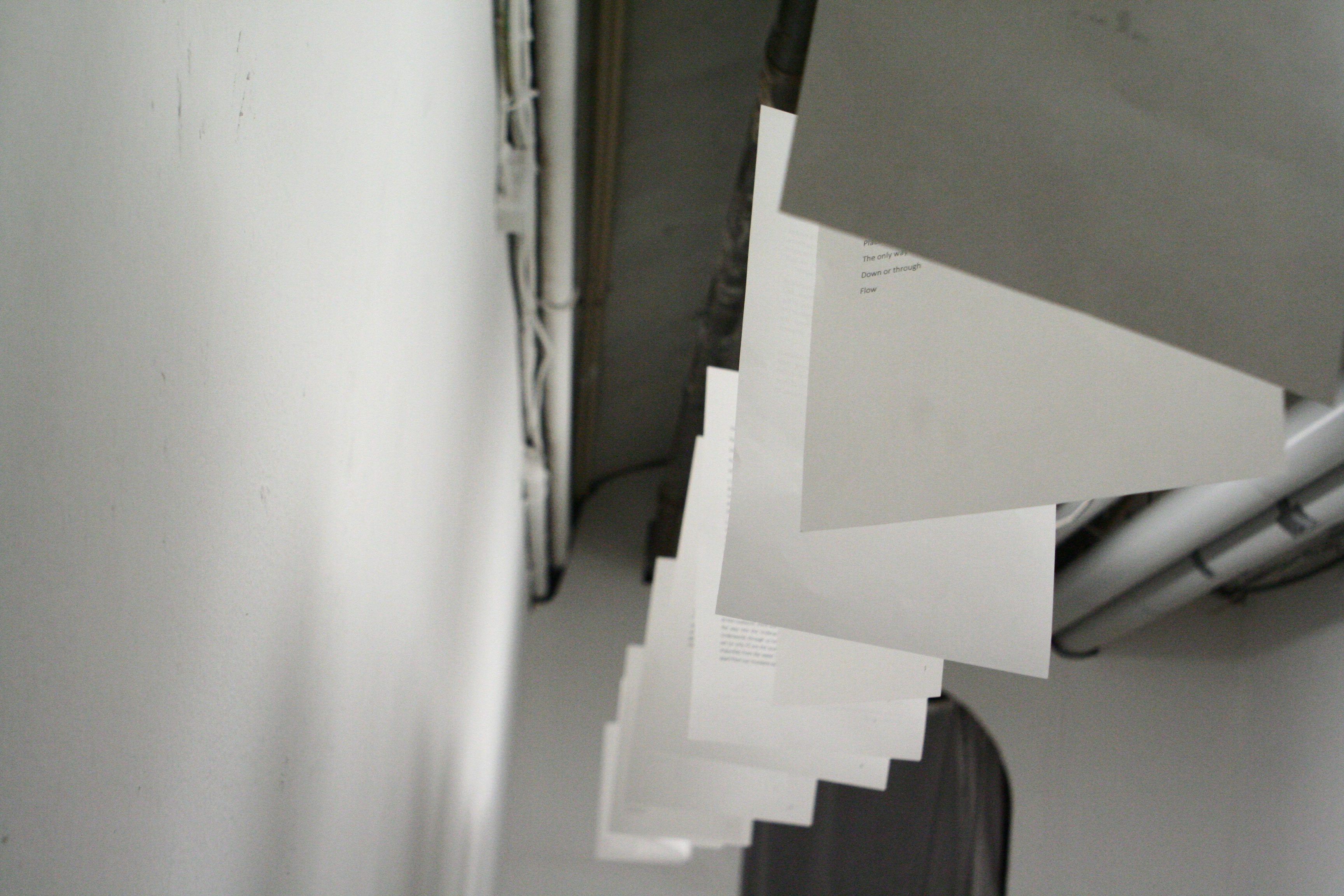
Venue: Gallery Myymälä2, Helsinki Finland; Galerija Kapelica – Modul, Ljubljana Slovenia
Curated by Timo Tuhkanen and Egle Oddo
“House of Clouds”
Reflections on Rain Diaries by Ana Mrovlje and Otto Urpelainen
Written by: Jeanette Joy Harris
In Rain Diaries, Ana Mrovlje and Otto Urpelainen document their experiences of a two-year exchange centered on collecting, consuming and meditating upon rain. What emerges is a narrative that folds and unfolds upon itself in a kind of magical realism, where the physical properties of rain become the catalyst for new inquiries. By elongating and contracting time and space, Rain Diaries constructs a place where reflections can be protected, something akin to Elizabeth Barrett Browning’s “House of Clouds.”
Barrett Browning’s “House” is a shelter for thinking but one that is only ephemerally constituted. It is loosely tethered to physical materials like flowers, trees, and hills, buoying amidst rain, mist, and sunbeams. In doing so Barrett Browning reminds us that thinking happens in the gap between the material and immaterial but, to flourish, it needs its own special place. She writes,
“I would build a cloudy House
For my thoughts to live in;
When for earth too fancy-loose
and too low for Heaven!”
Rain Diaries invokes Browning’s “House.” Firmly rooted in the earth, the rainwalkers interact with the elements while simultaneously questioning the atmosphere. The final text emerges as the product of a volleying between two worlds. The voice of the entries seems, at times, fragile, almost dissipating at a rhythm similar to the consumption of the rain itself, but the text provides a safe harbor. Rain Diaries is the grounding of their shared yet disparate moments.
Rain Diaries like “House of Clouds,” also questions the nature of past and present. Barrett Browning knowingly constructs the walls of her house in a porous material, recognizing that permeability can yield temporal dissonance. She writes,
“Bring a grey cloud from the east,
Where the lark is singing;
Something of the song at least
Unlost in the bringing.”
In this phrase, the memory of a song is embedded in the very structure of her thinking. Though she does not assume that the memory will capture the song completely, Barrett Browning is relieved that it can be summoned through the house itself and that the music will not be lost entirely.
This same design is seen between Mrovlje and Urpelainen in Rain Diary 7. In this entry, Mrovlje collects snow from a bench located on Ljubljana’s beach and labels it as “S-NOW.” Read as either “snow” or an abbreviation of “snow – now,” the title of this entry illustrates the temporal paradox of the rainwalker’s enterprise. When collecting the snow Mrovlje, of course, anticipates the transformation it will undergo as it travels to Urpelainen. Through its labeling, however, Mrovlje asks Urpelainen to hold the past and present in tandem – experiencing water while conjuring snow. Mrovlje recognizes that while the snow might have morphed, she is capable of a special type of “bringing,” one that does not duplicate her experience but might approximate it. Through this action, she flirts with time. We sense her anticipation of his receipt of her precipitation.
Rain Diaries presents itself as an architecturally and temporally ambiguous assemblage that floats like an elusive material condensing and evaporating into a private atmosphere.
But despite its roving choreography, Rain Diaries must ultimately reside in a fixed position and to truly engage with it we are required to participate in its transience. Its poetic qualities rely on an ability to imagine scenarios that intersect without specificity and intertwine without precision. It creates a wondering that can only take place in Browning’s “morning chair,” the kind that the “poet-dream may sit in.”

